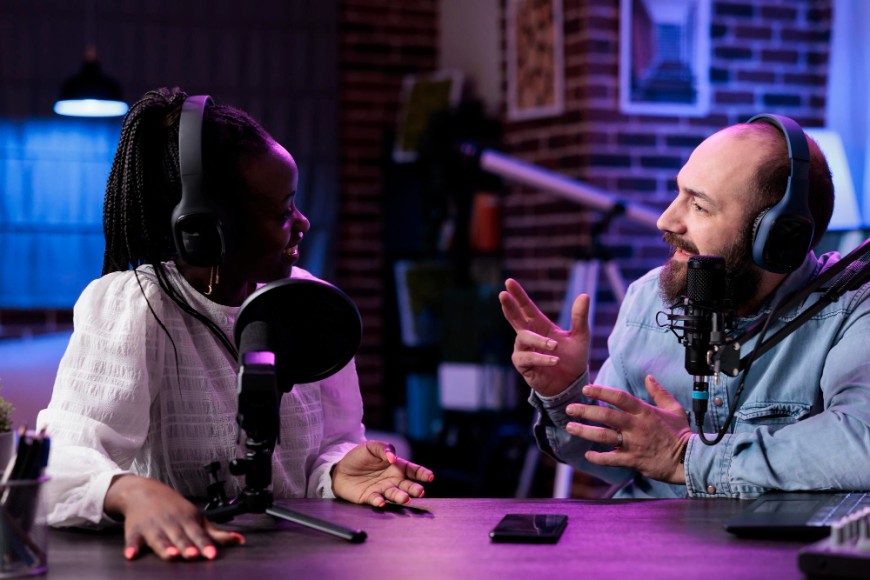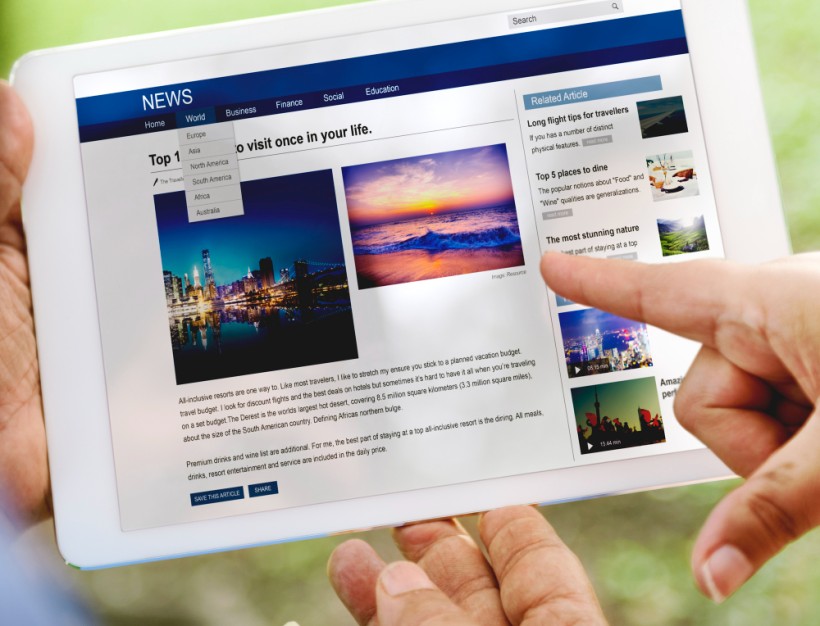Mayors don’t just cut ribbons. They attract investment, improve services, and make decisions that affect thousands of lives.
But one of the most overlooked parts of the job is communication—keeping people informed, engaged, and inspired to act. And today, that happens online.
Younger voters now get much of their information from social media. In the UK, 82% of young adults use social media for news, and one in five rely mainly on TikTok or Instagram during elections. In Nigeria, where the median age is 18, social media users are expected to reach 103 million by 2026 (Statista).
Yet our research in the cabinet ministers of both countries (UK, Nigeria) shows that many public leaders still focus on Twitter and Facebook while underusing platforms like LinkedIn and TikTok—the very places where younger citizens and professionals spend their time.
If you’re a mayor, consider focusing your energy where your audience already is.
Choosing the right platforms
Different platforms serve different purposes:
- Twitter (X) works for real-time updates and breaking news.
- Instagram helps show the human side of leadership.
- TikTok connects with younger residents through short, relatable videos.
- LinkedIn builds credibility with investors, employers, and entrepreneurs.
- Facebook helps you reach families and local community groups.
If your town is trying to attract investment, LinkedIn should be a priority. If your mandate involves youth engagement, TikTok deserves serious attention. The key is matching your goals to the right audience and platform.
Building your mayoral content strategy
Start with what matters
Once you know where to post, the question becomes: what do you say? Start with the basics—share what helps people understand how your work affects them. Policy updates, job opportunities, housing projects, training programs, and council elections all make your leadership feel visible and useful. These aren’t just announcements; they’re proof of progress.
Add local color
People want to see their neighborhoods in your stories. Highlight new parks, schools, and small business openings. Celebrate local wins. Feature people who benefit from city programs or those helping make them happen. A photo of a new community garden says more about public trust than a long press release.
Balance information with personality
Professional doesn’t mean distant. Show moments behind the scenes—how decisions are made, what meetings look like, or what a normal day in office feels like. A short video or photo carousel can make your office more relatable.
Keep it consistent
Good storytelling depends on rhythm. Post regularly but only when you have something meaningful to share. A few well-thought-out updates each week outperform random bursts of activity.
If you need inspiration, we’ve shared examples of effective LinkedIn post ideas for government officials on our website.
Getting the right team and tools
Build your core team
As mayor, you’re running a city. You can’t run your social channels alone. At minimum, you’ll need a social media specialist to manage channels, posting, and ad campaigns; and a media producer to capture photos and videos for every event.
If resources allow, expand your team to include:
- A copywriter for posts, captions, and newsletters.
- A graphic designer to maintain a consistent visual identity.
- An ad manager to run paid promotions and monitor analytics.
A small, skilled team can outperform a large, uncoordinated one. Hire for clarity, consistency, and collaboration.
Choose the right tools
The tools you use will shape your workflow and quality. Start simple:
- Design: Canva or Figma (Canva is cheaper; Figma is more flexible for teams).
- Editing: Claude or ChatGPT for writing, Grammarly for writing, or Hemingway for simplifying tone.
- Scheduling: Publer or Buffer for planning posts ahead.
- Analytics: Native platform insights or Meta Business Suite to track engagement.
These tools save time, improve quality, and reduce errors. Budget for them early. The right combination helps your team stay consistent without burnout.
Budget smartly
Allocate funds for three things: people, tools, and ads. A small paid campaign can double your reach, but strong content keeps people coming back. Think of it as an investment in trust and transparency. Over time, good communication reduces confusion, misinformation, and public frustration.
Setting up clear processes
Good communication is about process, not just creativity. You need a simple, repeatable system for how content gets planned, created, approved, and published.
Step 1: Define your workflow
Map out how an idea becomes a post. Who suggests topics? Who drafts, reviews, and publishes them? A clear chain of action avoids confusion and keeps your office consistent even when staff change.
Step 2: Create a voice model
Develop a short writing guide that captures your tone—formal or friendly, brief or detailed—and what language reflects your city’s values. This ensures your posts sound consistent no matter who’s writing them.
Step 3: Standardize templates
Use templates for common needs such as event recaps, policy updates, and crisis messages. They save time and reduce mistakes when you’re posting under pressure.
Step 4: Build a publishing schedule
Decide how often you’ll post and who approves content before it goes live. Whether it’s a daily update or a weekly summary, routine helps the audience know what to expect.
Step 5: Plan for emergencies
Establish a simple crisis protocol. In the first 24 hours after a crisis, your team should know who drafts statements, who clears them, and who posts them. Quick, calm communication builds trust when people need information most.
Benchmarks to learn from
Several mayors are already doing this well:
- Mete Coban, Deputy Mayor of London for Environment and Energy, uses LinkedIn to share events, projects, and partnerships.
- Nick Reece, Lord Mayor of Melbourne, posts civic updates with class.
- Quinton Lucas of Kansas City uses LinkedIn to highlight jobs, schooling, and new developments.
Watch how they post and engage, and connect with them for practical inspiration.
Where to start
Start with an audit. Look at what’s working, where you’re visible, and what platforms you’ve ignored.
Step 1: Audit your current presence
Review each platform you or your office uses. Ask: What type of content performs best? Where is engagement highest? Which platforms are underused or outdated? Gather your analytics for the last six months and identify gaps.
Step 2: Define your goals
Decide what you want to achieve this year. It might be:
- Driving 1,000 applications for a local training program.
- Attracting new businesses and investors to your area.
- Increasing community participation in town halls or local events.
- Building awareness for sustainability or safety campaigns.
Clear goals help you choose the right platform, tone, and format.
Step 3: Create an action plan
Turn those goals into small, trackable tasks. For example:
- Launch a LinkedIn campaign to attract investors.
- Use TikTok or Instagram Reels to promote youth programs.
- Post weekly updates on Facebook to reach local families.
A focused strategy, paired with consistent posting and small paid campaigns, can deliver measurable results.
Final thoughts
Social media isn’t just for pretty pictures. It’s for visibility, trust, and delivery. When done right, it becomes one of the most powerful tools a mayor has to inform, connect, and lead.
Column works with public and private leaders on social media and digital communication. If you’d like help shaping your strategy, visit columncontent.com.
Mo is the founder and CEO of Column, helping leaders shape public opinion through content and research. Connect with him on LinkedIn.





